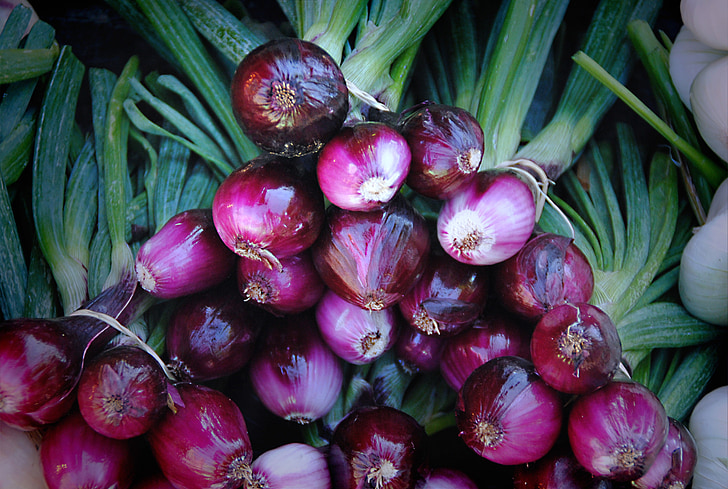A question often encountered by those who cultivate onions is, “Why do onion plants flower, and what does it mean?” If you find your onion plant presenting a tall stalk capped by a round, puffball-like bloom, don’t worry – your onions are not ruined. However, it’s an indication that some changes are imminent. Let’s explore what it means when onion plants flower and how to manage this situation for your plants’ optimal health.
Understanding Onion Bolting
The term for an onion plant producing a flower is “bolting.” Bolting is essentially the process of a plant transitioning from the vegetative growth phase to the reproductive, or flowering, stage. It is a perfectly natural part of the plant’s life cycle; however, it can impact the usability of certain crops like onions.
When an onion plant bolts, it channels all its energy into producing a flower and the resulting seeds rather than forming a fatter, bigger bulb, thereby reducing your harvest. Sensing this change, gardeners often wonder how to prevent their valuable crop from bolting or salvaging what’s already started flowering.
What Triggers Bolting?
Several factors can stimulate an onion plant to bolt:
- Temperature Fluctuations: Onion plants are significantly influenced by temperature. Dramatic variations, especially a sudden chill following warm weather, can trigger bolting.
- Incorrect Planting Time: Planting onions at the wrong time might cause them to believe that they have experienced two growing seasons instead of one, which can lead to bolting.
- Inappropriate Watering: Both overwatering and underwatering can stress your onion plants, leading to the growth of a flower stalk.
Managing Flowering Onions
Let Them Grow
You can choose to leave the flowering onion plants as they are and let nature take its course. While the onion bulbs may not grow much larger, they will still be edible and flavorful. The flowers also add aesthetic charm and attract pollinators to the garden.
Prevent Bolting
The best way to manage bolting is by preventing it from happening in the first place. Here are a few steps to halt an onion plant’s rush to reproduce:
- Plantat the Right Time: Plant onions at the ideal time for your climate to prevent unexpected temperature fluctuations.
- Irrigate Carefully: Maintain steady moisture levels in the soil without drowning or dehydrating your plants.
- Select Bolt-Resistant Varieties: Some onion types are less likely to bolt. Research this when choosing a variety to plant.
Post-Bolting Actions
If you spot a flower stalk emerging from an onion plant, you have two primary options:
- Break off the Flowering Stalk: If you observe a flower stalk forming, try bending or cutting it off. This might slow bolting and allow the bulb to grow larger.
- Harvest Immediately: Once your plants have bolted, harvest and utilize them as soon as possible. Bolting onions will not store well due to the hollow flower stalk extending down to the bulb.
Conclusion
While unexpected flowering may disrupt plans for a bountiful onion crop, it’s essential to remember that this is a perfectly natural process for plants. Careful preventive practices focussing on appropriate planting time, temperature control, and regulated watering can mitigate such surprises. Even if onions do bolt, they’re not wasted. They are best used immediately in culinary applications, adding to home-prepared dishes’ freshness and taste.


Leave a Reply